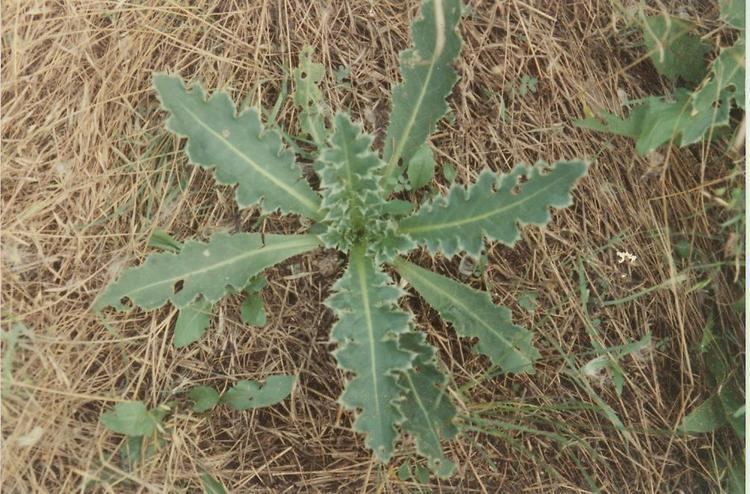 | ||
Representative species Creeping Thistle, Stinking willie, Spear Thistle | ||
Goat s head tribulus terrestris noxious weed ninja gardening episode 29
A noxious weed, harmful weed or injurious weed is a weed that has been designated by an agricultural authority as one that is injurious to agricultural or horticultural crops, natural habitats or ecosystems, or humans or livestock. Most noxious weeds have been introduced into an ecosystem by ignorance, mismanagement, or accident. Some noxious weeds are native. Typically they are plants that grow aggressively, multiply quickly without natural controls (native herbivores, soil chemistry, etc.), and display adverse effects through contact or ingestion. Noxious weeds are a large problem in many parts of the world, greatly affecting areas of agriculture, forest management, nature reserves, parks and other open space.
Contents
- Goat s head tribulus terrestris noxious weed ninja gardening episode 29
- Top 5 noxious weeds
- Types
- Control
- Australia
- Canada
- New Zealand
- United Kingdom
- United States
- References
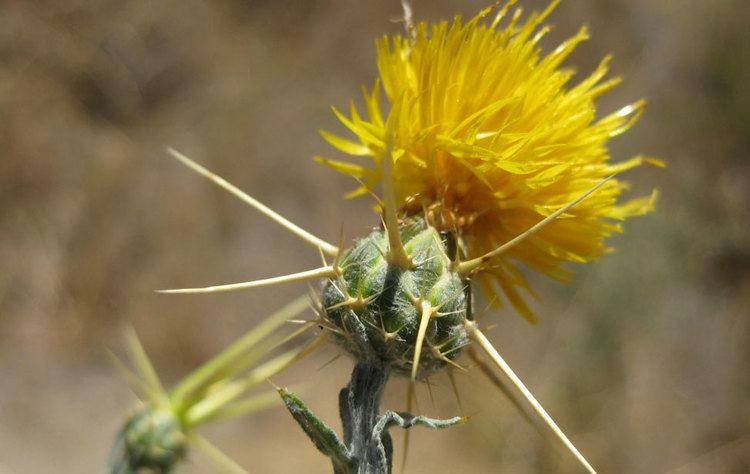
These weeds are typically agricultural pests, though many also have impacts on natural areas. Many noxious weeds have come to new regions and countries through contaminated shipments of feed and crop seeds or intentional introductions such as ornamental plants for horticultural use.
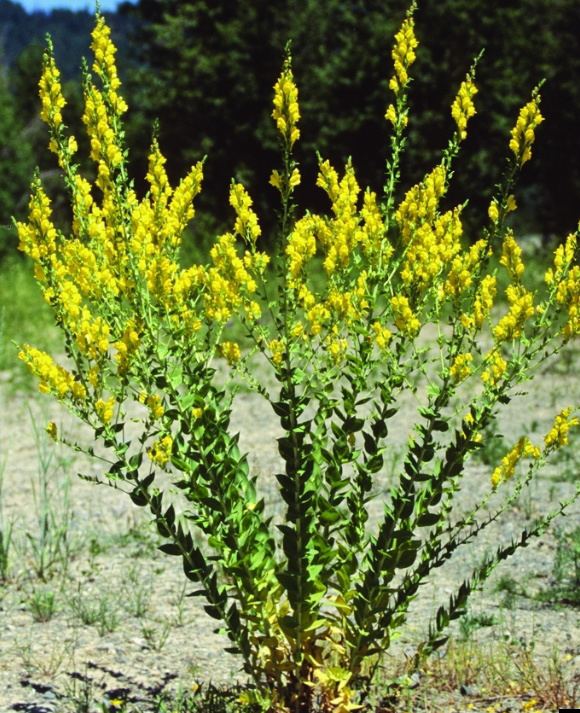
Top 5 noxious weeds
Types
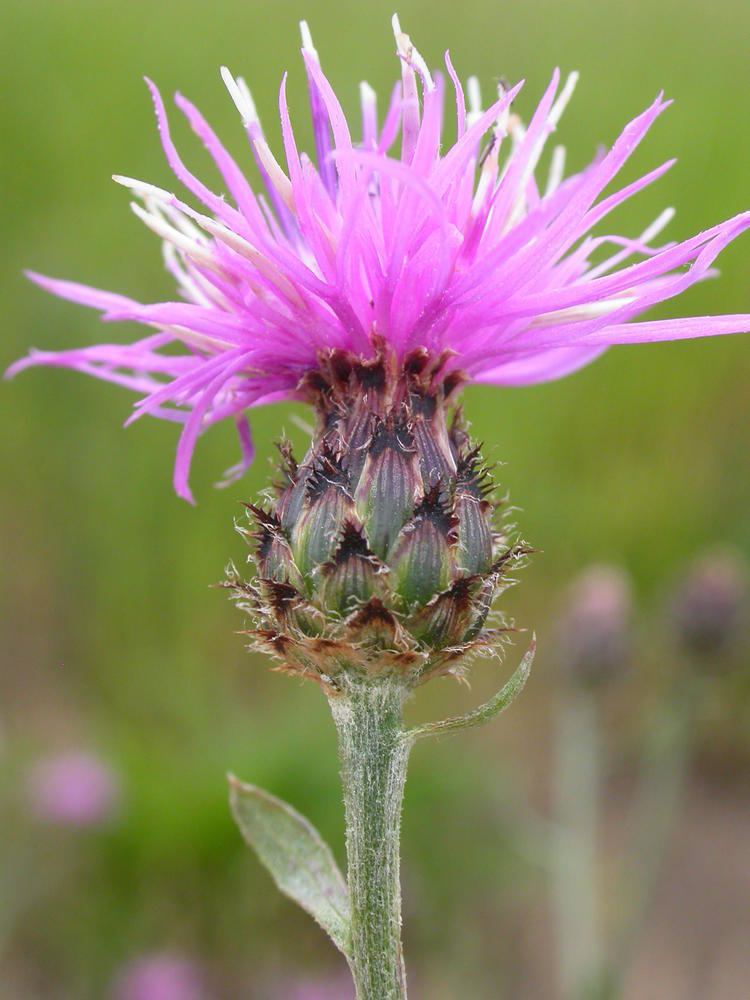
There are types of noxious weeds that are harmful or poisonous to humans, domesticated grazing animals, and wildlife. Open fields and grazing pastures with disturbed soils and open sunlight are often more susceptible. Protecting grazing animals from toxic weeds in their primary feeding areas is therefore important.
Control
Some guidelines to prevent the spread of noxious weeds are:
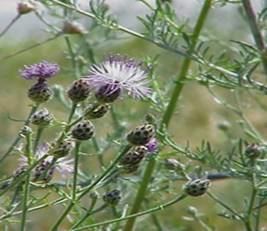
- Avoid driving through noxious weed-infested areas.
- Avoid transporting or planting seeds and plants that one can't identify.
- For noxious weeds in flower or with seeds on plants, pulling 'gently' out and placing in a secure closable bag is recommended. Disposal such as hot composting or contained burning is done when safe and practical for the specific plant. Burning poison ivy can be fatal to humans.
- Using only certified weed-free seeds for crops or gardens.

Maintaining control of noxious weeds is important for the health of habitats, livestock, wildlife and native plants, and of humans of all ages. How to control noxious weeds depends on the surrounding environment and habitats, the weed species, the availability of equipment, labor, supplies, and financial resources. Laws often require that noxious weed control funding from governmental agencies must be used for eradication, invasion prevention, or native habitat and plant community restoration project scopes.
Australia
In Australia, the term "noxious weed" is used by state and territorial governments.
Canada
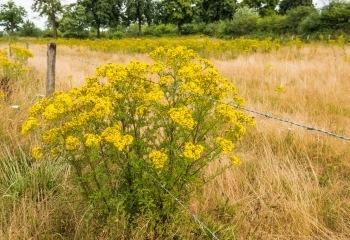
In Canada, constitutional responsibility for the regulation of agriculture and the environment are shared between the federal and provincial governments. The federal government through the Canadian Food Inspection Agency (CFIA) regulates invasive plants under the authority of the Plant Protection Act, the Seeds Act and statutory regulations. Certain plant species have been designated by the CFIA as noxious weeds in the Weed Seeds Order.
Each province also produces its own list of prohibited weeds. In Alberta, for example, a new Weed Control Act was proclaimed in 2010 with two weed designations: "prohibited noxious" (46 species) which are banned across Alberta, and "noxious" (29 species) which can be restricted at the discretion of local authorities.
New Zealand
New Zealand has had a series of Acts of Parliament relating to noxious weeds: the Noxious Weeds Act 1908, Noxious Weeds Act 1950, and the Noxious Plants Act 1978. The last was repealed by the Biosecurity Act 1993, which used words such as "pest", "organism" and "species", rather than "noxious". Consequently, the term "noxious weed" is no longer used in official publications in New Zealand.
United Kingdom
The Weeds Act, 1959 is described as "Preventing the spread of harmful or injurious weeds", and is mainly relevant to farmers and other rural settings rather than the allotment or garden-scale grower. Five ‘injurious’ (that is, likely to be harmful to agricultural production) weeds are covered by the provisions of the Weeds Act. These are:
The Department for Environment, Food and Rural Affairs (DEFRA) provides guidance for the removal of these weeds from infested land. Much of this is oriented towards the use of herbicides.
The act does not place any automatic legal responsibility on landowners to control the weeds, but they may be ordered to control them. Most common farmland weeds are not "injurious" within the meaning of the Weeds Act and many such plant species have conservation and environmental value. DEFRA has a duty to try to achieve reasonable balance among different interests. These include agriculture, countryside conservation and the general public.
Section 14 of the Wildlife and Countryside Act 1981, makes it an offence to plant or grow certain specified plants in the wild (see Schedule 9 to the Wildlife and Countryside Act 1981), including Giant Hogweed and Japanese Knotweed. Some local authorities have bye-laws controlling these plants. There is no statutory requirement for landowners to remove these plants from their property.
United States
The federal government defines noxious weeds under the Federal Noxious Weed Act of 1974. Noxious weeds are also defined by the state governments in the United States.
